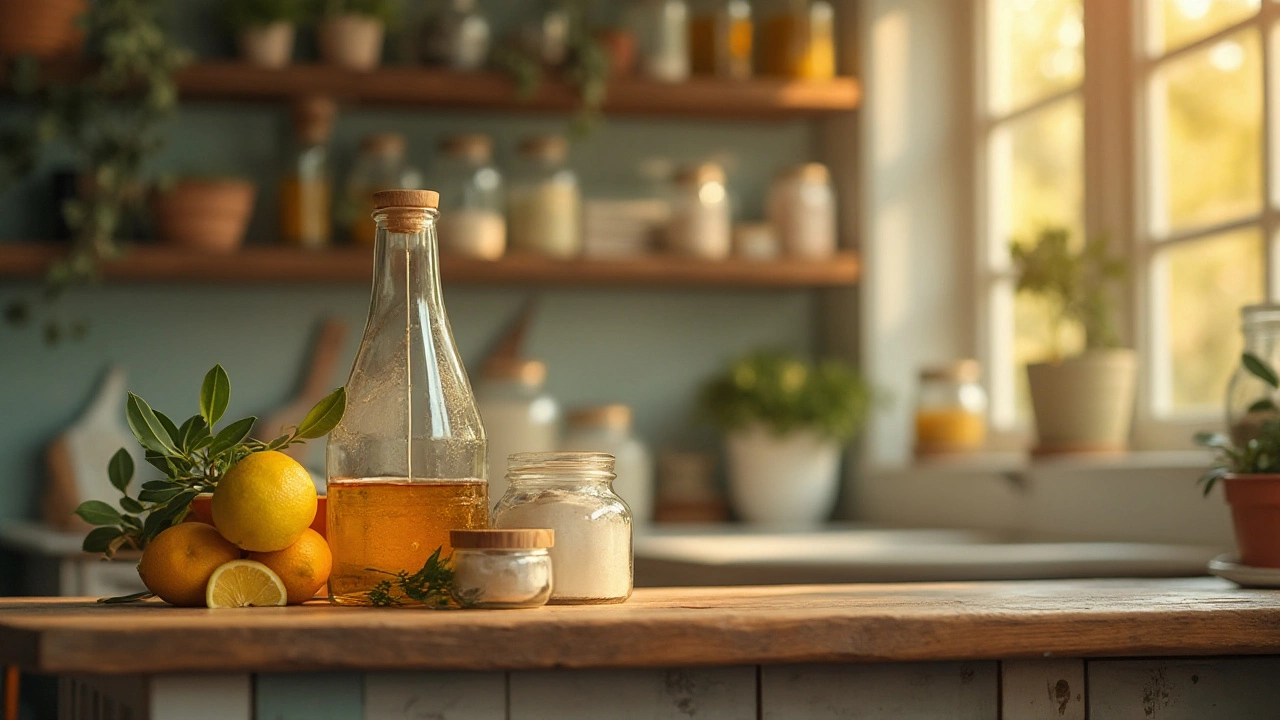Safe Cleaners: Simple, Non‑Toxic Cleaning Tips for Every Home
Did you know many everyday cleaners hide chemicals that can irritate skin, lungs, and even the environment? Switching to safe, non‑toxic products doesn’t have to be pricey or confusing. Below are easy ways to keep your house spotless while protecting your health.
What Makes a Cleaner Safe?
A safe cleaner is one that avoids harsh chemicals like ammonia, bleach, and phosphates. Look for products that list natural ingredients such as vinegar, baking soda, lemon juice, or plant‑based surfactants. If a label reads “no‑phosphate,” “biodegradable,” or “certified green,” you’re likely in the right zone. Even when a product is labeled “eco‑friendly,” double‑check the ingredient list – some green‑claims are just marketing.
Every‑Room Safe Cleaning Hacks
Kitchen surfaces: Mix equal parts water and white vinegar in a spray bottle. It cuts grease, kills germs, and leaves no residue. For stubborn baked‑on grease, sprinkle baking soda on the spot, spray with vinegar, let it fizz, then wipe clean.
Bathrooms: A paste of baking soda and a few drops of tea tree oil works wonders on tubs and tiles. It scrubs without scratching and the oil adds a natural antibacterial boost. Rinse with warm water and dry with a microfiber cloth for a streak‑free shine.
Floors: Add a cup of castile soap to a bucket of warm water. This plant‑based soap lifts dirt without leaving a film. For hardwood, swap the bucket for a damp mop and a squeeze of lemon juice – it freshens the wood and fights mold.
Upholstery: Spot‑clean fabric couches using a few drops of Dawn dish soap mixed with water. Test on a hidden area first, then dab the stain gently with a soft cloth. Rinse with a clean damp cloth and let it air dry.
Mattresses: Sprinkle baking soda over the whole surface, let it sit for 30 minutes, then vacuum. This lifts odors and moisture without harsh chemicals.
When you need a stronger disinfectant, dilute hydrogen peroxide (3%) with water 1:1. It’s safe on most hard surfaces and kills 99.9% of germs. Always label your DIY bottles and store them out of reach of kids.
Choosing ready‑made safe cleaners is also easy. Look for brands that publish full ingredient lists and have third‑party certifications like EcoLabel or Green Seal. Buying in bulk can cut costs, and many UK supermarkets now carry a solid selection of green products.
Remember, safety starts with proper ventilation. Open windows or run a fan while you clean, especially when using vinegar or essential oils. Keep all cleaners, even the natural ones, out of children’s reach and store them in clearly labeled containers.
Switching to safe cleaners is a habit that builds over time. Start with one room, replace the most used products, and you’ll soon see the benefits – less irritation, fresher air, and a cleaner conscience.
Ready to go green? Grab a spray bottle, some vinegar, and a handful of baking soda. Your home will thank you, and so will the planet.

Eco-Friendly Household Cleaners for a Safer Home
Explore how to maintain a clean and safe home using eco-friendly household cleaners. Discover the benefits over traditional chemical-based products, and learn about easy-to-make natural cleaner recipes. This article covers ingredients you already have in your kitchen and explains why these are effective at ensuring cleanliness without harmful impacts. Learn the importance of scrutinizing labels and identifying truly green products.
Read More